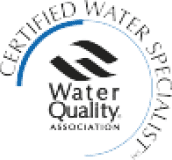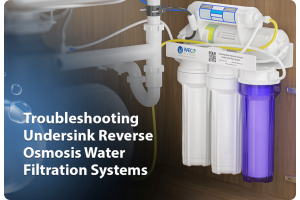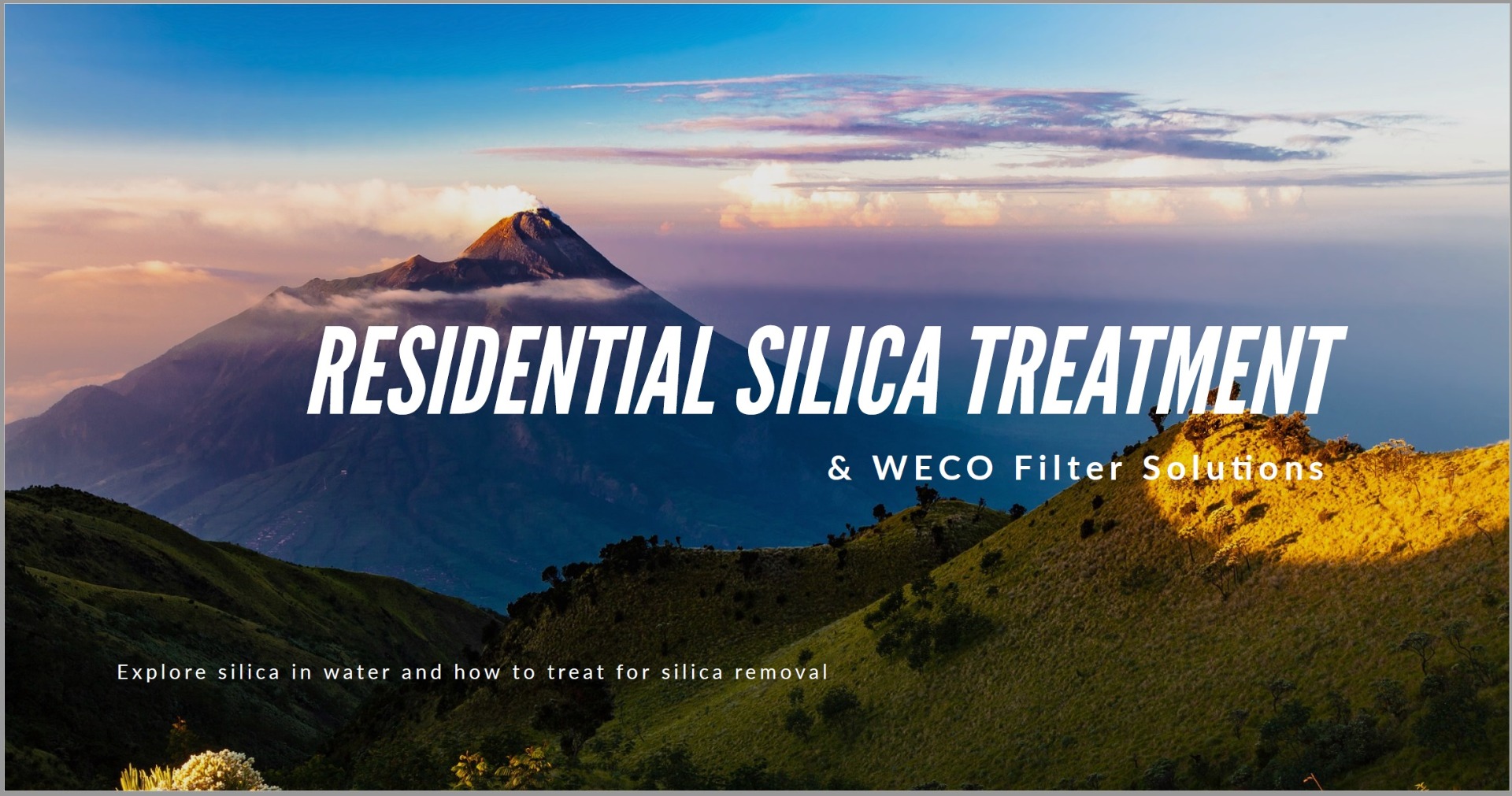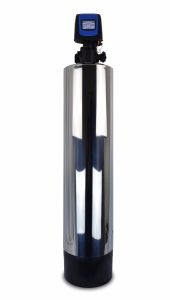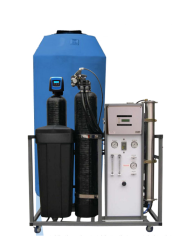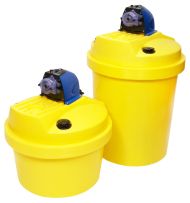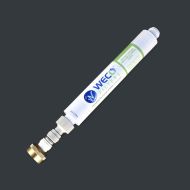Silica Treatment in Residential Applications
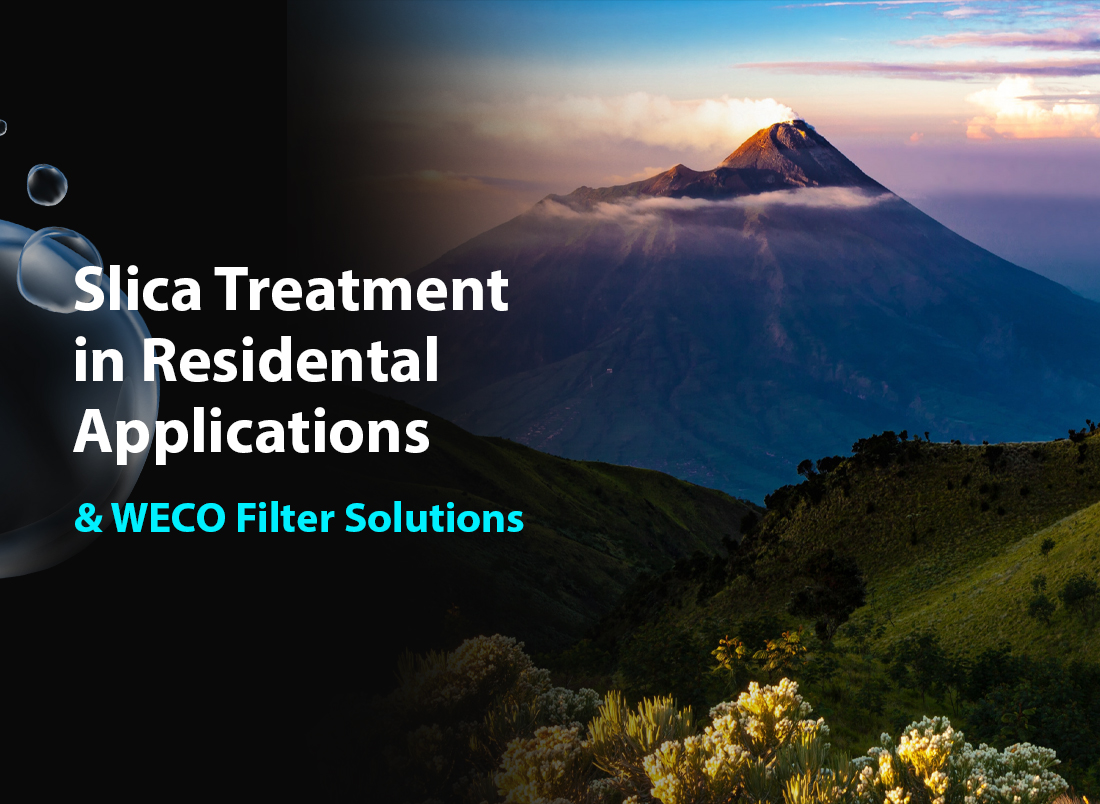
This article is going to explore silica in water and how to treat the water for silica removal. Silicon dioxide is one of the most abundant compounds on earth and having such a high amount of it makes for no surprise that nearly all water contains colloidal and dissolved silica in solution unless it is treated. Silica is a glassy mineral substance that comes in a variety of forms. It is problematic because of its tendency to form deposits and scale. There are studies done by quite a few sources as to the effect of silica exposure for long periods of time but that is for another topic. Essentially, we want to remove the silica that occurs in our water for the multitude of uses we have for that treated water. Most sources contain 5-25 ppm of silica in solution with some areas, usually well water, that have as high as 100 ppm of silica or higher. So how can we help you understand silica and how to remove it? Below we will discuss silica and the water treatment methods that we need to use to remove the silica for our use.
Before we speak to how to remove silica from our water we should discuss how it appears in our water. The first method is dissolved silica. From contact of the earths water with sand, quartz, granite and other earthly methods, water dissolves silica and it remains in solution until removed. The second method is known as colloidal silica. Colloidal silica refers to the silica the doesn’t dissolve in solution and instead stays suspended within water. Unlike other heavy larger materials, silica will not settle to the bottom of the container to be removed. Even given an infinite amount of time, this colloidal silica will stay suspended in the water without ever settling out. To remove these, we will need to use reverse osmosis (here forth referred to as RO) and strong base anion ion exchange resins (hereforth referred to as SBA).
As a recap to other articles, RO is the process of applying energy in the form of pressure to reverse waters tendency in nature to balance dissolved particles across a semi permeable membrane. This tendency moves water from areas of different concentrations to balance them. To reverse this process, we apply pressure to the highly concentrated side to “push” the water across the membrane to produce clean water and leave behind the unfavored materials we want to remove. Silica is one of the materials that is removed by an RO unit. The percentage removal of silica by an RO unit depends on some conditions. One of the largest conditions is the pH of the water. Silica has better removal when the pH of the feed water is high. One disadvantage of having high pH feed water is the fact that the calcium and magnesium that is dissolved in water will react with carbonate to create a crystalline substance known as scale that will plug the membranes. This scale will cost a lot of money to clean off the membranes to continue to produce clean water. To prevent this, we need to inject antiscalant to prevent scale from forming and plugging up our membranes, so we can ensure a longer production life of the membranes. Using an RO at high pHs we will see a removal of silica by up to 95%. But to get that small amount that passes through the RO unit we need to use other methods of removal.
The next method to remove silica from water would be through ion exchange resins specifically strong base anion exchange resins. At WECO Filters, we use Purolite A400E resin to treat silica in water. SBAs like the A400E remove all anionic contaminants present. One such contaminant is the silica in solution that will be acting as a weak acid after the RO. The beads will release hydroxide to the water and bond strongly to the silica in solution. There is only so much the resin can bond to the silica before it has no more than it can remove because the resin has been exhausted. When this happen we need to regenerate the resin with caustic soda so that we give such a high concentration of hydroide we can force the reaction of the resin to bond to silica but in reverse. This will remove the silica concentrations down to the ppb level and leave the water with very few contaminants and properly treat the water to the point we would all the like the water to be for our residential use.
By providing an RO unit with antiscalant injection and a strong base anion ion exchange resin, the water will be treated to remove almost all the silica in the water to avoid the troubles of silica deposits and scale that can be problematic to residential uses.




